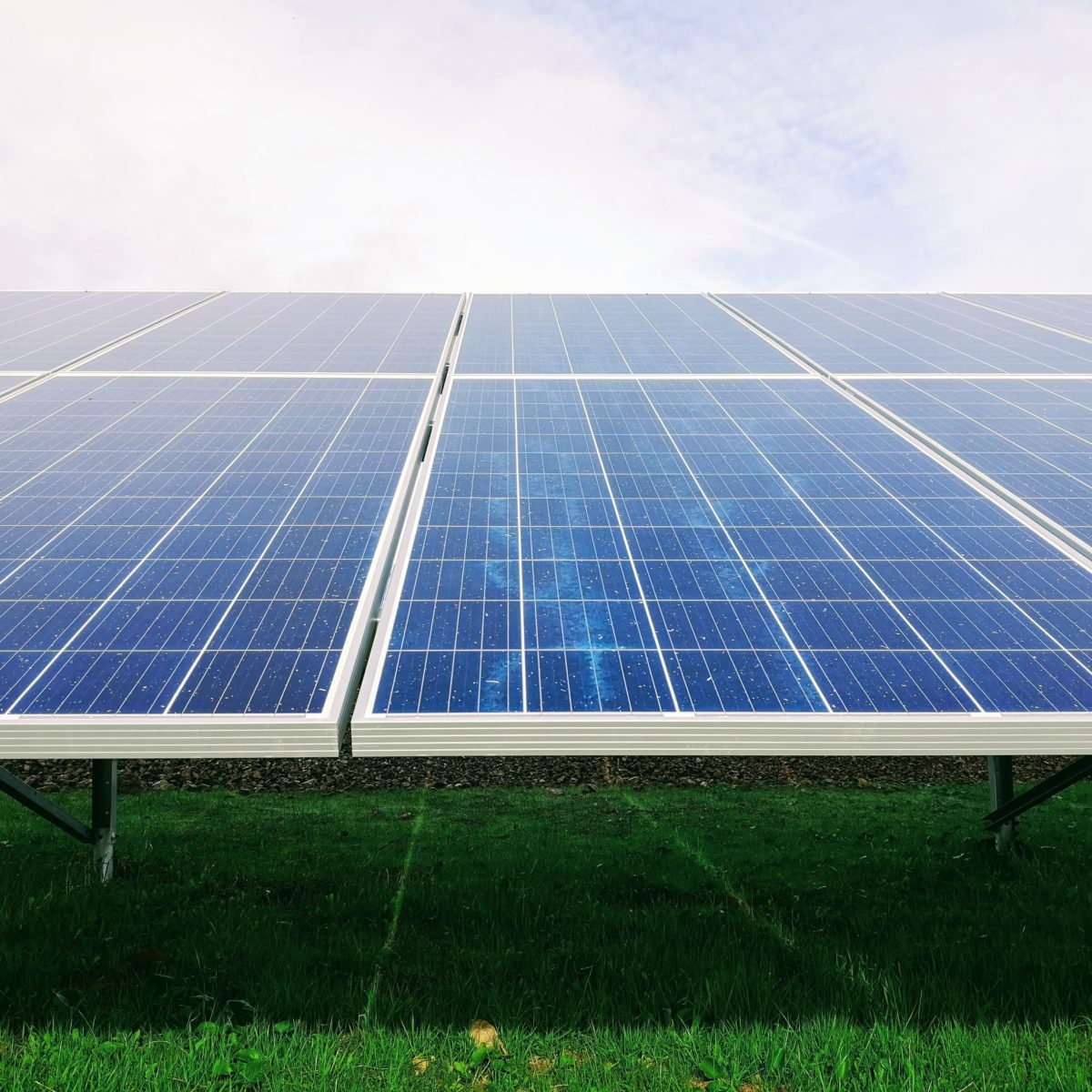
Research investigates ways to convert titanium dioxide into a new photoactive material in the visible light range
The search for clean and renewable energy sources has intensified in recent years due to the increase in atmospheric concentration of greenhouse gases and the consequent increase in the average temperature of the planet. One such alternative source is the conversion of sunlight into electricity through photovoltaic panels. The efficiency in this conversion depends on the intrinsic properties of the materials used in the manufacturing of the panels, and it increases year by year with the discovery of new and better materials. As such, solar energy is expected to become one of the main sources of electric energy by the middle of this century, according to the International Energy Agency (IEA).
Titanium dioxide ($\rm TiO_2$) is an abundant, nontoxic, biologically inert and chemically stable material, known primarily as a white pigment used in paints, cosmetics and even toothpastes. $\rm TiO_2$ is also often used in sunscreens since it is especially capable of absorbing radiation in the ultraviolet region. However, this same property severely limits the use of $\rm TiO_2 $ for solar energy conversion, since the ultraviolet emission comprises only 5 to 8% of the total energy of the solar light.
Can this $\rm TiO_2$ property be extended to the visible light region to increase the conversion of sunlight into electricity? To answer this question, Maria Pilar de Lara-Castells et al. [1] conducted an innovative research in which they discuss how a special treatment can change the optical properties of $\rm TiO_2$.
The researchers used the smallest copper nanoparticles, atomic clusters of sub-nanometric size. The authors demonstrate that, when deposited on the surface of titanium dioxide, copper clusters can shift the absorption of sunlight from the high energy range, i.e. from the ultraviolet region, towards visible light, where the sun emits most of its energy. Therefore, much more energy can be collected from sunlight.
Among the analyses carried out by the researchers, the facilities of the XAFS2 X-ray absorption spectroscopy beamline of the Brazilian Synchrotron Light Laboratory (LNLS) were used to investigate the electronic structure of the copper atoms in the nanometric clusters after being deposited on the titanium dioxide.
In addition, the researchers plan to apply the results to some relevant photocatalytic reactions. By mimicking the processes of photosynthesis triggered by sunlight, new photocatalyst materials also offer new strategies, for example, to eliminate carbon dioxide and other common pollutants in the atmosphere through solar-activated oxidation processes.

Source: [1] M. P. de Lara-Castells, A. W. Hauser, J. M. Ramallo-López, D. Buceta, L. J. Giovanetti, M. A. López-Quintela, F. G. Requejo; Increasing the optical response of TiO2 and extending it into the visible through surface activation with highly stable Cu5 clusters, Journal of Materials Chemistry A 7 (2019) 7489). DOI: 10.1039/C9TA00994A
Research applies unprecedented technique in Brazil for the investigation of crystalline nanoparticles
Research evaluates combination of graphene and hexagonal boron nitride for opto-electronic devices of the future